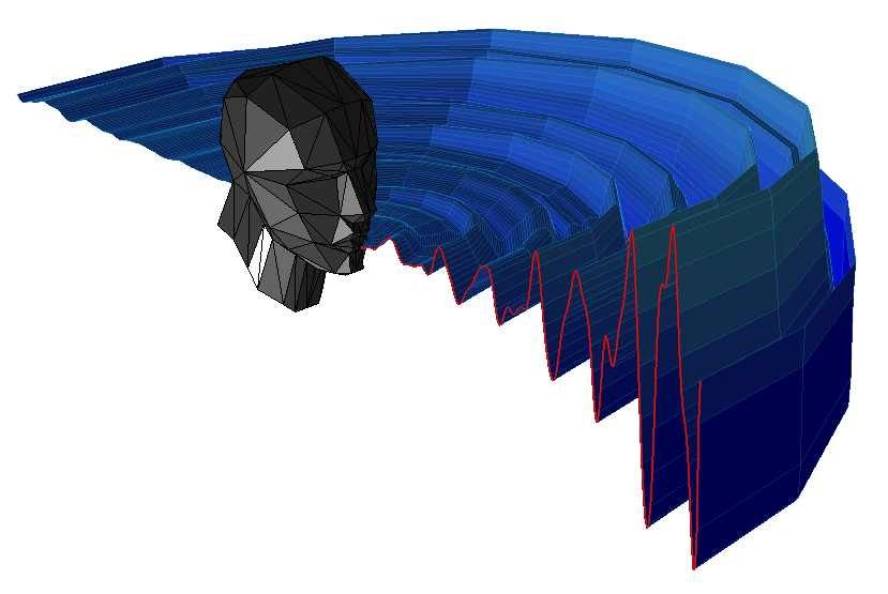Mathematical modeling of the acoustic characteristics of human echolocation
Like bats and some marine mammals, humans can take advantage of ecolloquiation for spatial information about the environment. Researchers from the University of Durham (Great Britain) have studied three blind people who use ecolloquiation and have developed a model of acoustic characteristics of the phenomenon. The results have been published in the journal PLOS Computational Biology.
According to the article, it was already known that some people are able to develop eco-location. The three people who have participated in the research are blind and for more than fifteen years have been trained to develop and use the echolocation. Thus, they are able to move through the mountain, bicycle and unknown cities through this capacity. In particular, with the mouth do clisquillas and thanks to the echo receive spatial information.
In the research that has just been published, participants have drawn up a mathematical model of the physical characteristics of the shots they issue. According to researchers, this can be the basis for designing synthetic models and increasing the effectiveness of human echolocation. In addition, they suggest that it would be interesting to investigate neuronal processes to better understand echolocation processing.






